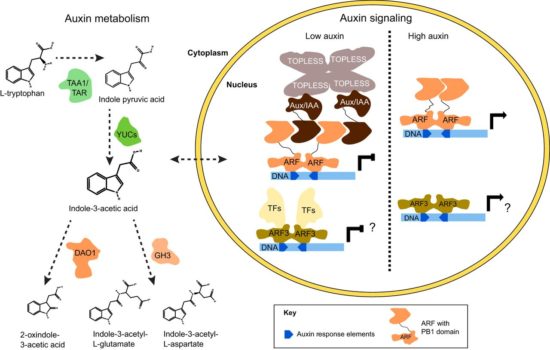
Meeting Review: Auxin 2016 ($)
Plant Science Research Weekly, Research0 Comments
/
Vernoux and Robert discuss research presented at the Auxin 2016 meeting, held in October 2016 on the island of Hainan, China. The result is a nice review of very current research, spanning auxin metabolism and signaling, the role of auxin in development, interactions between auxin and other signals,…

Perspective: Periodic lateral root priming: What makes it tick
Plant Science Research Weekly, ResearchThe very earliest step in lateral root formation is “priming”, a still-elusive process that establishes a subset of cells as competent to form lateral roots. In this Perspective, ten Tusscher and Laskowski review evidence for priming, which involves oscillations of auxin level or responsiveness…

Generation of shape complexity through tissue conflict resolution
Plant Science Research Weekly, ResearchIt’s easy to visualize how a sheet of cells grows, but how does a sheet of cells form a complex, three-dimensional structure? Rebocho et al. describe how differential growth rates between cell layers and across the growing surface can produce a variety of complex shapes. As a model for shape complexity,…
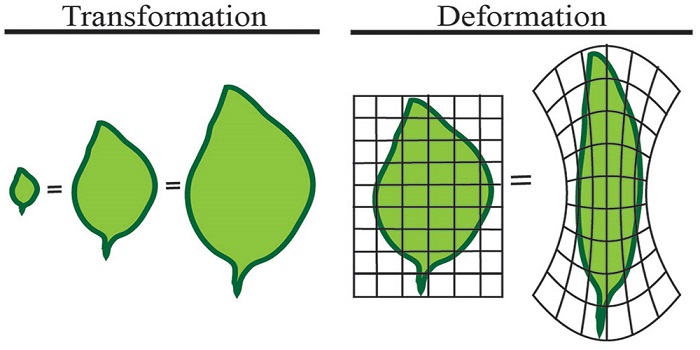
Review: Reshaping plant biology: Qualitative and quantitative descriptors for plant morphology
Plant Science Research Weekly, ResearchAs automated phenotyping platforms are becoming prevalent, scientists increasingly need to be familiar with tools used to describe and model form and growth. Balduzzi et al. provide an overview of the key concepts used in quantifying and describing plant morphology. They point to the need for a common…
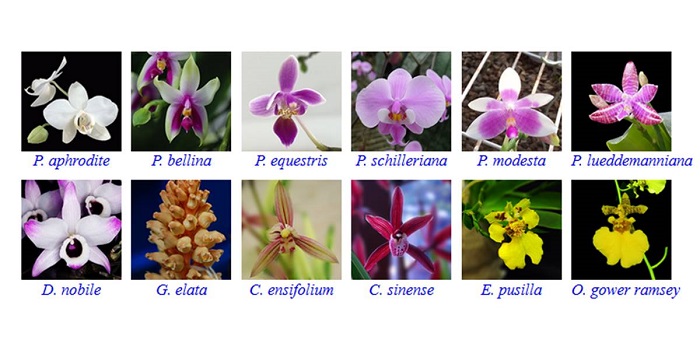
Orchidstra 2.0 – A transcriptomics resource for the orchid family ($)
Plant Science Research Weekly, ResearchThere are more than 25,000 species in the Orchidaceae, the orchid family. Chao et al. have updated and restructured the Orchidstra database, which now houses more than half-a million protein-coding genes from 18 species (12 genera and five subfamilies). Access and explore it at http://orchidstra2.abrc.sinica.edu.tw.…
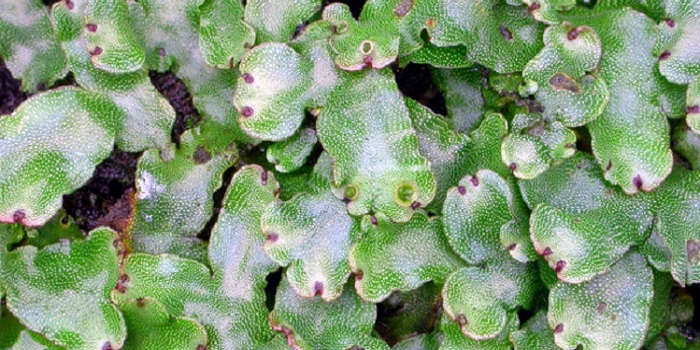
MarpoDB: An open registry for Marchantia polymorpha genetic parts
Plant Science Research Weekly, ResearchMarchantia polymorpha (a liverwort) is a living relative of the earliest terrestrial plants. As it has a simple genome and morphology and is readily transformable, it provides a good platform for synthetic biology (see https://www.openplant.org/marchantia/). Delmans et al. have designed an “engineering-oriented”…
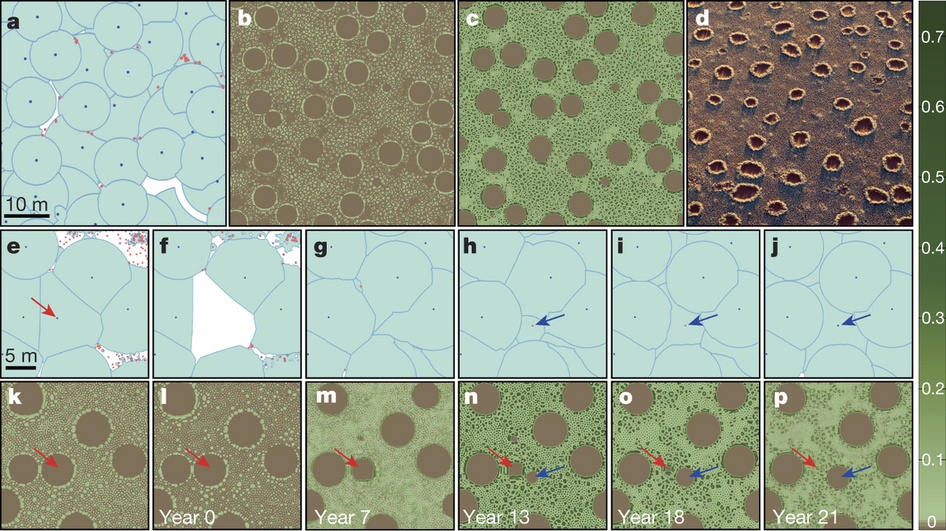
Origins of the regular vegetation patterns described as Namibian fairy circles ($)
Plant Science Research Weekly, ResearchFor decades, scientists have debated the origin of the strange patterns of grass growth known as fairy circles in the Namibian desert. Photographs show a strikingly regular pattern circles of bare ground surrounded by a ring of grass. One hypothesis is that these patterns form due to the action of insects;…

Response of US crops to elevated temperatures
Plant Science Research Weekly, ResearchClimate change could affect agricultural productivity by increasing the number of days with temperatures above 30°C that staple crops like soybean, maize and wheat will experience during a given growing season. Schauberger et al. used nine statistical models to assess future threats to US crops. They…

Network-based integration of systems genetics data reveals lignocellulosic metabolic pathways
Plant Science Research Weekly, ResearchEucalypts are fast-growing trees increasingly exploited for pulp, paper, bioenergy and other wood-based products. Using genetics tools and a network-based data integration (NBDI) approach, Mizrachi et al. explore a segregating Eucalyptus hybrid population for genes and pathways underlying biomass / bioenergy…

